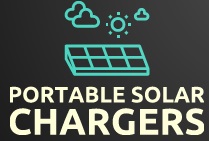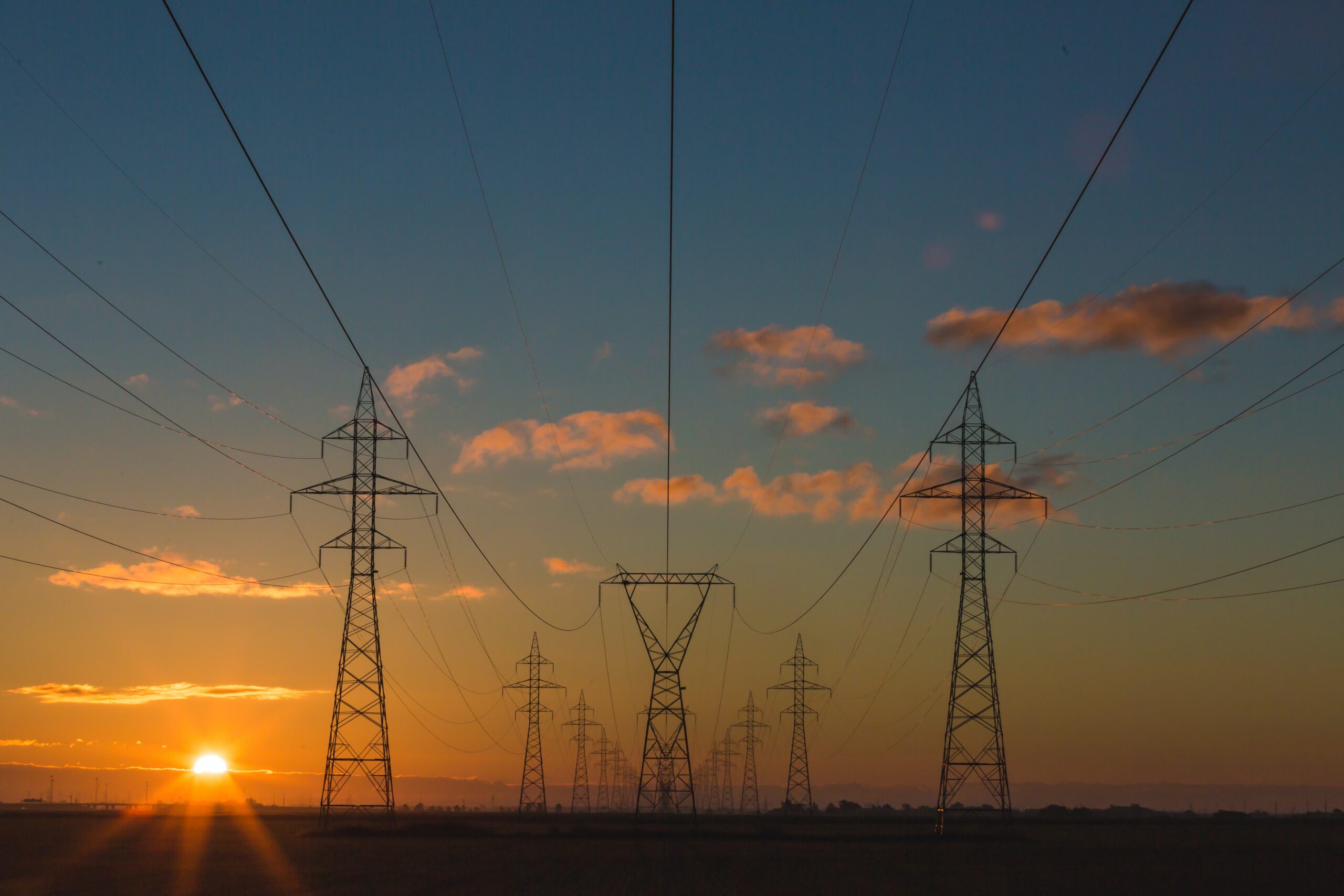Solar chargers have become increasingly popular for their ability to harness the power of the sun and charge small to medium-sized electronic devices. But what about larger electronics, such as laptops? Can solar chargers handle the energy demands of these devices? In this article, we explore the feasibility of using solar chargers to power laptops and discuss the factors that come into play when making this decision. Whether you’re an avid traveler or simply looking to reduce your carbon footprint, finding out if solar chargers can effectively charge laptops is crucial. So, let’s delve into the world of solar power and see if it can meet the demands of our larger electronic companions.
1. Overview of Solar Chargers
1.1 What is a Solar Charger?
A solar charger is a device that utilizes solar energy to generate electrical power. It consists of solar panels that convert sunlight into electricity, which can then be used to charge various electronic devices, including laptops, smartphones, tablets, and more. Solar chargers offer a convenient and eco-friendly way to harness renewable energy and keep your devices powered up, especially when you are on the go or in areas without access to conventional power sources.
1.2 How Solar Chargers Work
Solar chargers work by harnessing the energy from the sun through their built-in solar panels. These panels are made up of photovoltaic cells that contain semiconductors, usually made of silicon, which can generate an electrical current when exposed to sunlight. When sunlight hits the solar panels, the photons in the light excite the electrons in the semiconductor, causing them to flow and generate a direct current (DC).
To make this DC electricity usable for charging electronic devices like laptops, solar chargers also include internal components like charge controllers and inverters. Charge controllers regulate the current and voltage to ensure safe charging, while inverters convert the DC electricity into alternating current (AC) that can be used to power devices or stored in batteries for later use.
1.3 Types of Solar Chargers
There are various types of solar chargers available in the market, catering to different needs and preferences. Some common types include:
-
Solar Panels: These are standalone solar panels that can be connected to a portable charger or directly to a device for charging. They are versatile and can be used for charging laptops as well.
-
Portable Solar Chargers: These chargers consist of foldable solar panels that can be easily packed and carried around. They often come with built-in batteries and USB ports, making them convenient for charging smaller devices like smartphones and tablets.
-
Solar Backpacks and Bags: These innovative products integrate solar panels into backpacks or bags, allowing you to charge your devices while on the move. They are particularly useful for outdoor enthusiasts, travelers, and students.
-
Solar Laptop Chargers: Designed specifically for charging laptops, these solar chargers come with higher power outputs and compatibility with various laptop models. They often feature multiple charging ports and longer cables for convenient use.
2. Power Requirements of Laptops
2.1 Typical Laptop Power Consumption
Laptops vary in their power consumption depending on factors such as the processor, display size, and usage patterns. On average, a laptop can consume anywhere from 20 to 100 watts of power during operation. However, power requirements can increase significantly during resource-intensive tasks like gaming or video editing.
It’s essential to check the specifications or consult the manufacturer to determine the precise power consumption of your laptop model. This information will be crucial in finding a suitable solar charger that can meet your laptop’s power needs.
2.2 Factors Affecting Power Consumption
Several factors can influence the power consumption of a laptop. These include:
-
Processor: The type and speed of the processor can significantly impact power consumption. Higher-performance processors tend to consume more power, especially when running demanding applications.
-
Display Size and Brightness: Larger displays and higher brightness settings generally require more power to operate. Decreasing the screen brightness or using power-saving settings can help reduce power consumption.
-
Peripherals and Accessories: Connected peripherals like external hard drives, printers, and gaming controllers can draw additional power from the laptop. It’s important to consider the power requirements of these devices when calculating the overall power consumption.
-
Usage Patterns and Software: The type of software being used and the intensity of tasks being performed can affect power consumption. For example, editing videos or playing graphic-intensive games will require more power than browsing the internet or word processing.
3. Solar Charger Output
3.1 Understanding Solar Charger Output
The output of a solar charger refers to the amount of electrical power it can generate from sunlight. This is typically measured in watts (W) or milliwatts (mW). It is important to consider the output capacity of a solar charger when determining its compatibility with your laptop’s power requirements.
3.2 Power Output of Solar Chargers
Solar chargers come in a range of power outputs, from a few watts to several dozen watts. The power output depends on factors such as the size and efficiency of the solar panels, as well as the technology used in the charger. While smaller solar chargers might be sufficient for charging smartphones or smaller devices, charging a laptop typically requires a higher output capacity.
Some solar chargers designed specifically for laptops can provide power outputs in the range of 60 to 100 watts, making them suitable for charging laptops with average power requirements. However, it’s crucial to match the solar charger’s output with your laptop’s power needs to ensure efficient charging.
3.3 Factors Affecting Solar Charger Output
Several factors can affect the output and efficiency of a solar charger:
-
Solar Panel Efficiency: The efficiency of the solar panels determines how effectively they convert sunlight into electricity. Higher efficiency panels can generate more power with the same amount of sunlight.
-
Solar Intensity and Duration: The amount of sunlight available, its intensity, and the duration of sunlight exposure will directly impact the solar charger’s output. Charging under direct sunlight provides the best results, while shade or cloudy conditions can reduce the charging speed.
-
Angle and Orientation: The angle and orientation of the solar panels affect their exposure to sunlight. Adjusting the angle to align with the sun’s position and keeping the panels facing directly at the sun can optimize the charging efficiency.
-
Temperature: Solar panel performance can be influenced by temperature. Extremely hot or cold temperatures can affect their efficiency and output. It’s important to consider temperature variations and choose solar chargers with good temperature tolerance.
4. Can Solar Chargers Power Laptops?
4.1 Evaluating Laptop Power Consumption
To determine if a solar charger can power your laptop effectively, it’s necessary to evaluate and compare the power consumption of your laptop with the solar charger’s output capacity.
By examining the power consumption of your laptop, considering the factors discussed earlier, you can estimate the average power requirements. This estimation will provide a better understanding of the solar charger capacity needed.
4.2 Matching Laptop Power Requirements with Solar Charger Output
Once you have determined the power requirements of your laptop, you can then look for a solar charger with a suitable power output. Ensure that the solar charger’s wattage meets or exceeds the laptop’s power consumption.
It’s also important to consider the variations in power consumption during different usage scenarios. If you often engage in resource-intensive tasks, it may be advisable to opt for a solar charger with a slightly higher output to ensure consistent and effective charging.
5. Challenges of Powering Laptops with Solar Chargers
5.1 Efficiency and Conversion Losses
While solar chargers offer a sustainable and portable charging solution, they do come with certain challenges. One of the main challenges is efficiency and conversion losses. Solar panels have a certain efficiency rating, meaning they can convert a percentage of sunlight into usable electricity. However, this conversion process is not 100% efficient, and there are inevitable losses in the energy conversion.
Conversion losses can occur due to factors such as heat, shading, dust, and imperfect alignment with the sun. These losses can reduce the overall power output of the solar charger and potentially affect the charging capacity for larger devices like laptops.
5.2 Solar Charger Size and Weight
Another challenge when using solar chargers for laptops is their size and weight. Solar panels capable of generating higher power outputs typically require larger surface areas. This can make them bulkier and less portable compared to smaller chargers designed for smartphones or tablets.
The size and weight of the solar charger can impact its usability, especially if you need to carry it for extended periods or when traveling. It’s important to strike a balance between power output and portability based on your specific needs.
5.3 Charging Time and Availability of Sunlight
Charging time is another important consideration when using solar chargers for laptops. The time required to charge a laptop using solar power can vary depending on factors such as the solar charger’s power output, the laptop’s battery capacity, and the availability of sunlight.
Charging a laptop solely with solar power may take longer compared to charging from a traditional power source. Furthermore, charging is reliant on the availability of sunlight, which can be limited in certain weather conditions, geographic locations, or during nighttime.
6. Considerations for Using Solar Chargers with Laptops
6.1 Power Storage and Backup Solutions
To overcome the challenges associated with solar charging, it may be beneficial to consider power storage and backup solutions. This involves using rechargeable batteries, power banks, or portable generators in conjunction with the solar charger.
By storing the solar-generated electricity in batteries, you can have a backup power source to charge your laptop even when sunlight is not available or during low-light conditions. Power banks can also provide a convenient and portable option for storing solar energy and charging laptops on the go.
6.2 Suitable Solar Charger Options for Laptops
When selecting a solar charger for your laptop, it’s essential to choose one that is compatible with your laptop’s power requirements. Look for solar chargers specifically designed for laptops, as they often come with higher power outputs and additional features like multiple charging ports and longer cables.
Consider the size, weight, and portability of the solar charger based on your usage requirements. It’s also advisable to choose solar chargers from reputable brands that offer high-quality products and reliable customer support.
6.3 Practicality and Portability
Practicality and portability are important factors to consider when using solar chargers with laptops. Assess your usage patterns and determine if the solar charger’s size, weight, and charging capabilities align with your needs.
If you frequently travel or spend time outdoors, opting for a more portable solar charger that can fit into your backpack or attach to your bag might be more suitable. However, if you primarily use your laptop indoors or in locations with access to conventional power sources, a larger solar charger with higher power output may be more practical.
7. Benefits of Solar Chargers for Laptops
7.1 Environmentally Friendly Charging
One of the significant benefits of using solar chargers for laptops is their environmentally friendly nature. Solar energy is renewable and sustainable, reducing reliance on fossil fuels and minimizing carbon emissions associated with traditional power sources. By harnessing the power of the sun, you can charge your laptop while reducing your ecological footprint.
7.2 Remote and Off-Grid Power Options
Solar chargers provide remote and off-grid power options for laptop users. Whether you’re camping, traveling to remote areas, or experiencing a power outage, a solar charger can provide a reliable source of electricity. This can be particularly useful for digital nomads, outdoor enthusiasts, researchers, and individuals who work in remote locations.
7.3 Cost Savings in the Long Run
While the initial investment in a solar charger may be higher compared to traditional chargers, there are long-term cost savings to consider. Once you have purchased a solar charger, the sun’s energy is free and abundant, allowing you to charge your laptop without incurring additional electricity costs. Over time, this can result in significant savings, especially for frequent laptop users.
8. Case Studies: Solar Chargers and Laptops
8.1 Real-Life Experiences with Solar Chargers and Laptops
Many individuals have shared their real-life experiences using solar chargers with laptops. These case studies provide valuable insights into the practicality, challenges, and benefits of relying on solar power for laptop charging.
Some users have reported successful laptop charging experiences, particularly when using higher-output solar chargers, incorporating power storage solutions, and optimizing sunlight exposure. These experiences highlight the importance of understanding individual laptop power requirements and choosing appropriate solar charging setups.
8.2 Success Stories and Limitations
While there are success stories regarding the use of solar chargers with laptops, it’s vital to acknowledge the limitations as well. The practicality of solar charging for laptops may vary depending on factors such as power requirements, weather conditions, and charging expectations.
Users have found that solar charging may not be suitable for laptops with extremely high power demands or those used for resource-intensive tasks for extended periods. Additionally, limitations arise when charging during cloudy days, in shaded areas, or in regions with limited sunlight.
9. Alternative Power Sources for Laptops
9.1 Other Renewable Energy Options
Apart from solar chargers, there are other renewable energy options available for charging laptops. Wind chargers, for instance, utilize wind energy to generate electricity and can be an alternative to solar chargers in windy locations. However, they may require larger setups or specific wind conditions to be viable.
Hydroelectric power systems, harnessing the power of flowing or falling water, can also be used as alternative power sources. These systems are commonly used for larger-scale electricity generation, but miniaturized versions are available for portable charging needs.
9.2 Portable Power Banks and Generators
For immediate and reliable charging of laptops, portable power banks and generators can be excellent alternatives to solar chargers. Power banks can store and provide a significant amount of electrical energy, while portable generators can produce electricity using various fuel sources like gasoline or propane.
While power banks and generators may not offer the same level of sustainability as solar chargers, they can provide a convenient backup solution for charging laptops in situations where solar charging may not be feasible.
10. Future Developments and Trends
10.1 Advancements in Solar Charger Technology
The field of solar charger technology continues to evolve, with advancements aimed at improving efficiency, reducing size and weight, and increasing power output. Researchers and manufacturers are constantly exploring new materials, designs, and technologies to enhance the performance of solar chargers.
Future developments may include more efficient solar panels, better energy conversion rates, improved temperature tolerance, and enhanced portable designs. These advancements could lead to more reliable and practical solar charging solutions for laptops and other larger electronics.
10.2 Integration of Solar Cells into Laptops
Another exciting trend in the industry is the integration of solar cells directly into the design of laptops. While this integration is still in the early stages, it holds promise for a future where laptops can harness solar energy as a primary or supplementary power source.
By incorporating solar cells into the laptop’s casing or display, users could potentially charge their laptops simply by exposing them to sunlight. This integration could expand the capabilities of laptops, making them more self-sustainable and reducing their reliance on external power sources.
In conclusion, while solar chargers can power laptops, it is essential to consider factors such as laptop power requirements, solar charger output, efficiency, and practicality. Solar chargers offer environmentally friendly charging options, remote power accessibility, and potential cost savings. With advancements in technology and the integration of solar cells into laptops, the future of solar charging for laptops looks promising.





